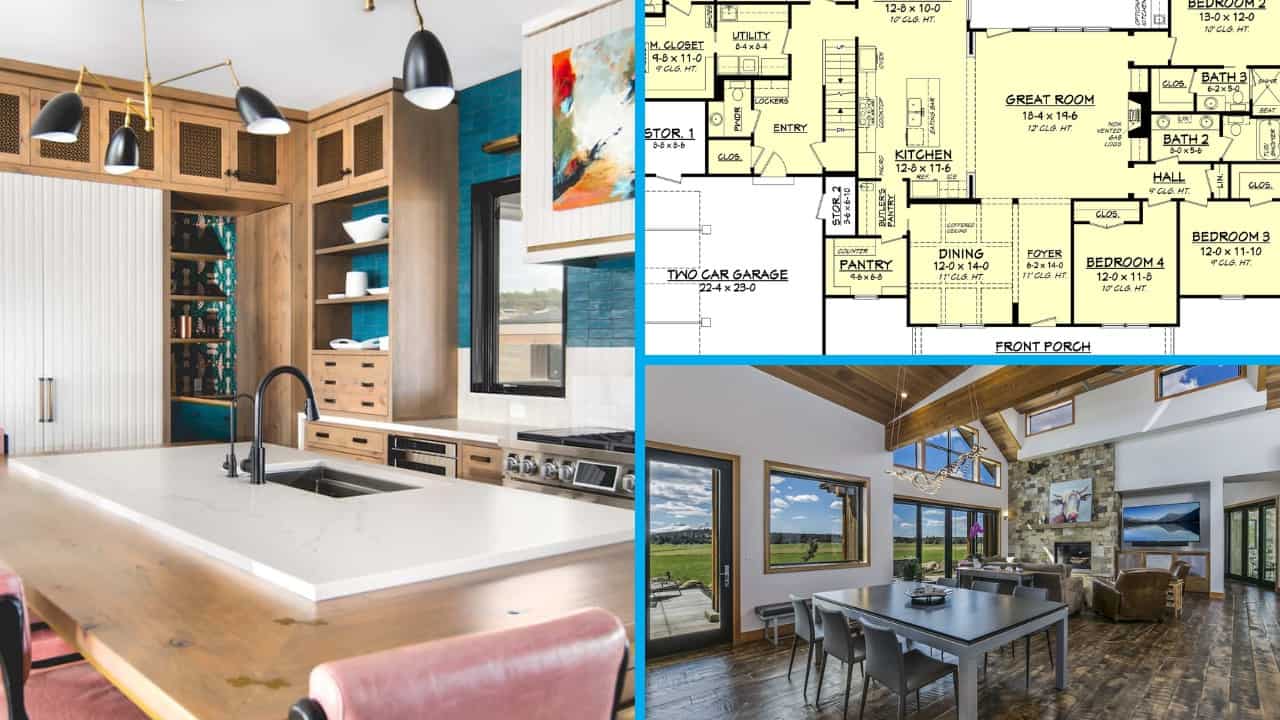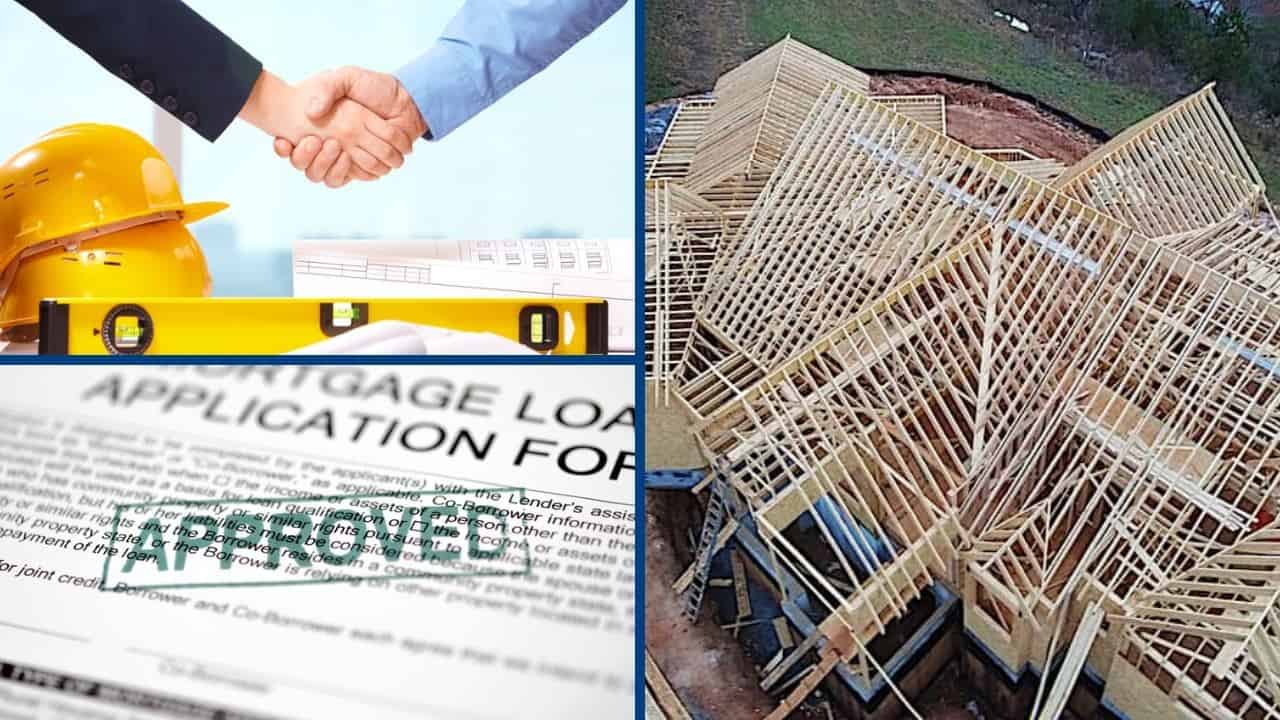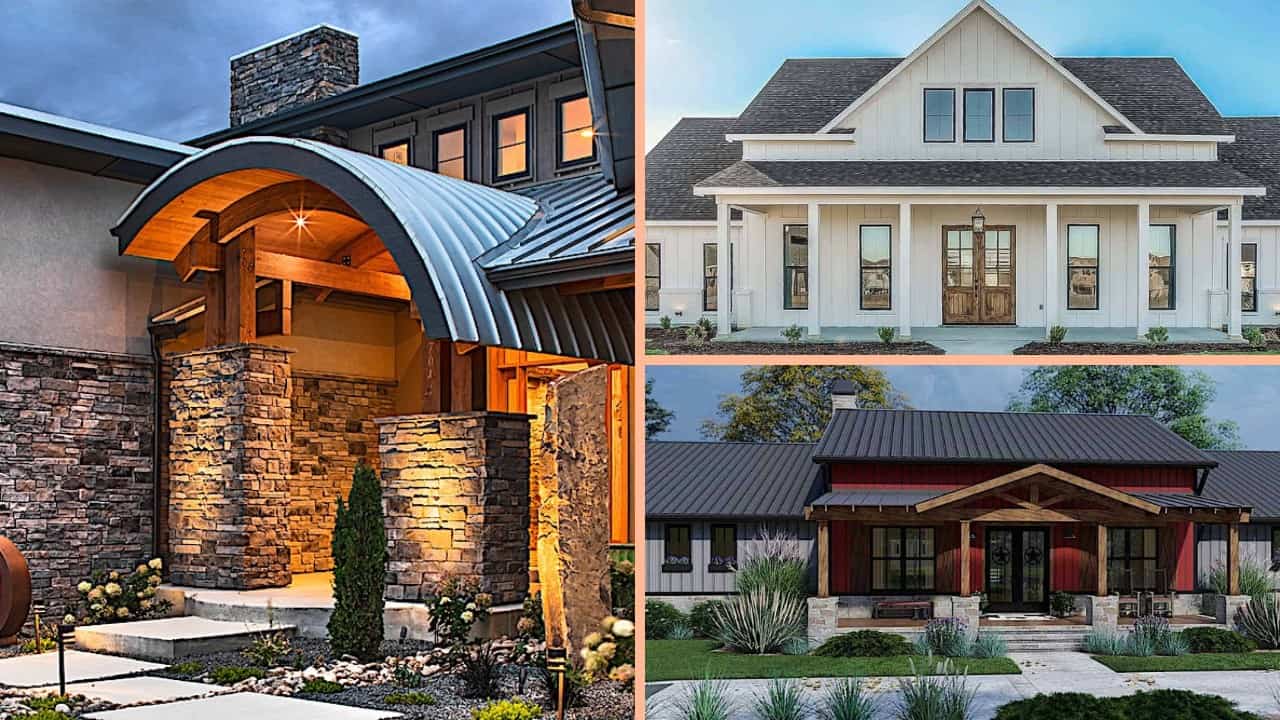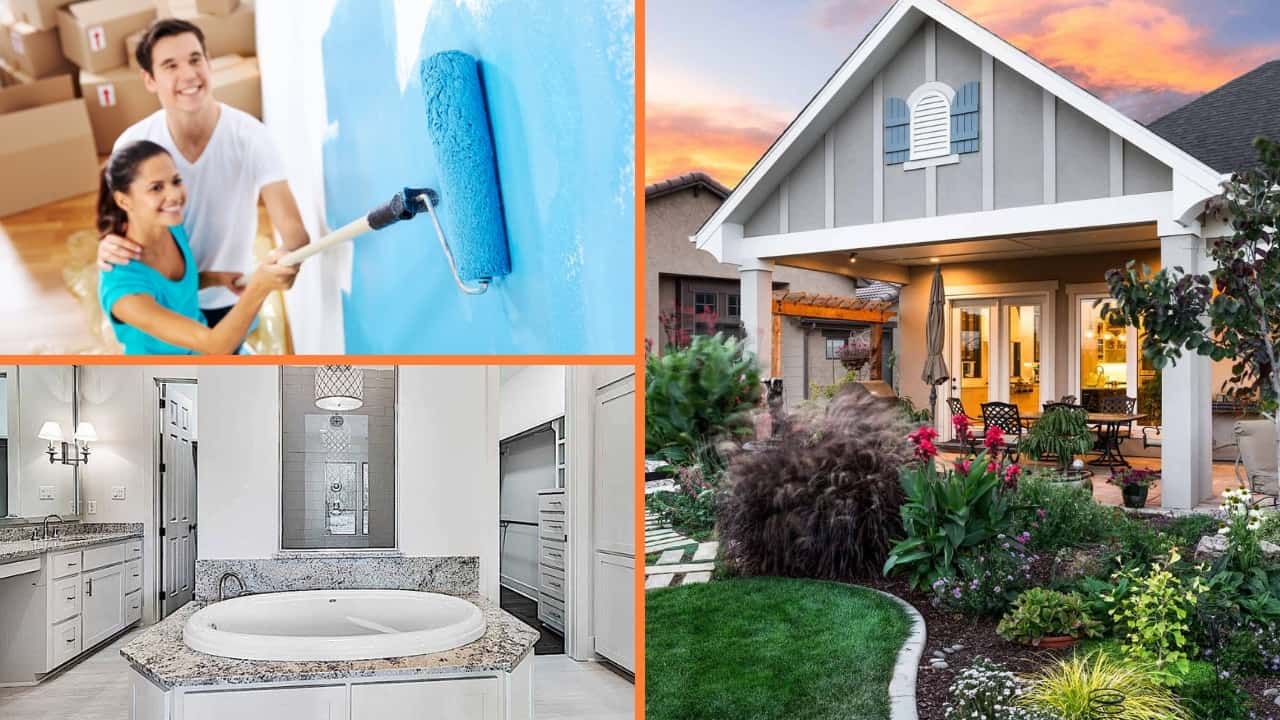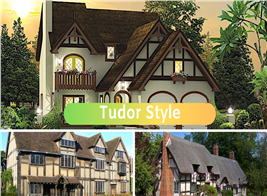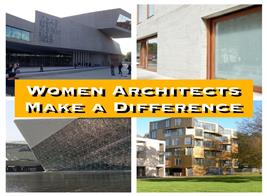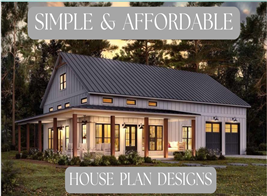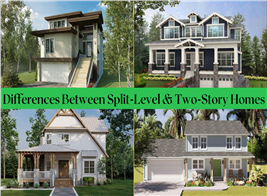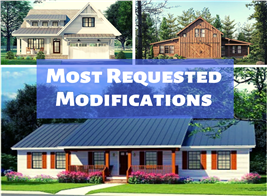Revival of the Mid Century Split Level House Design
By Rexy Legaspi | Updated May 19, 2022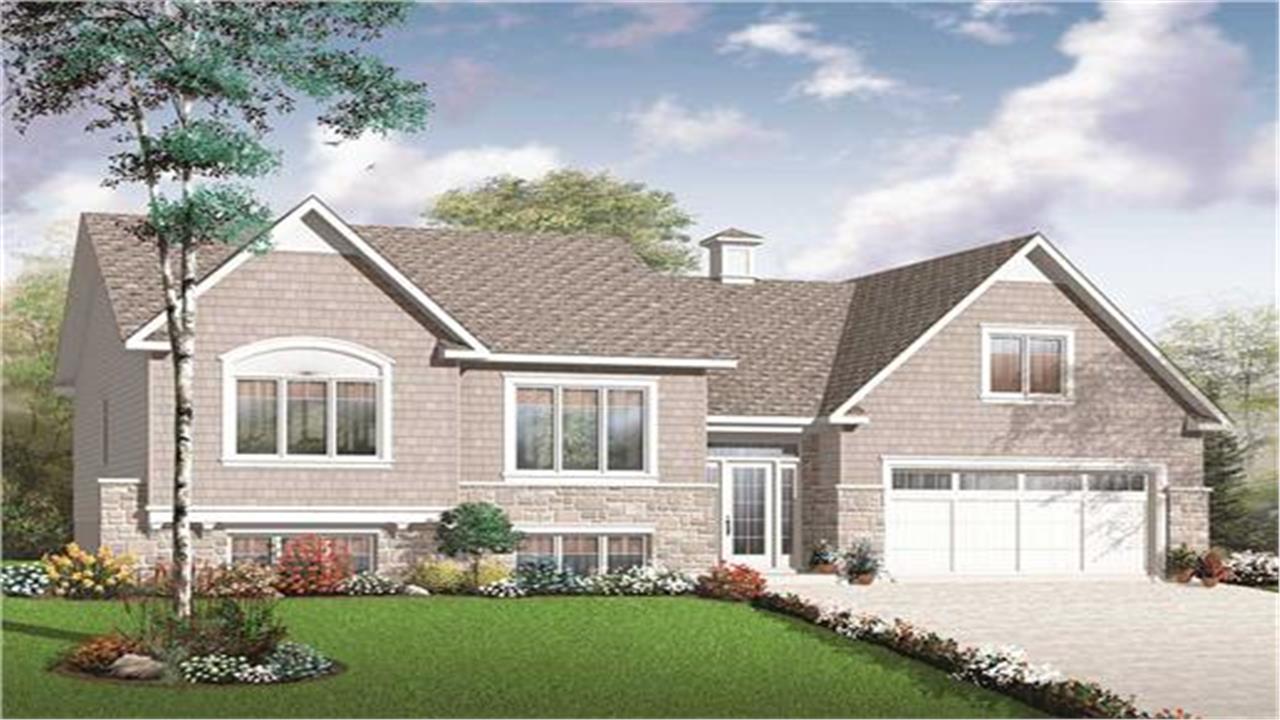
Split Level Style House Plans: The Revival of a Mid-20th Century Classic
Nothing is as ‘60s and ‘70s as the split-level home style, which became a classic in that era – along with The Brady Bunch – and perhaps, the most famous split level house plan on television. If you grew up during that time, chances are that your neighborhood was lined with a few split-level homes.
With the country coming into an economic boom, families who were getting bored with their cramped ranches and bungalows found inspiration in the split-level Brady home and the versatility the style presented. It was an opportune time to improve on the old ranch house plan, add space, and get a new, more exciting look.
What is a Split-Level Home?
The split-level design – considered a more multi-dimensional and modern version of the ranch style – had broad appeal. It was bigger, affordable and occupied less acreage than a ranch. Families could build a split-level home on a smaller or sloping lot – dimensions lacking in the bungalow and ranch. These homes are also sometimes refered to as multi-level house plans.
“Splitting” the house into staggered levels provided families with enough room for their different activities, and was a very innovative use of interior space. It separated the living/dining rooms and kitchen (main level) from the recreation/family room (lower level) and sleeping areas (upper level).
Top: The three-bedroom split-level home has a covered front entrance, three bedrooms, one-and-a-half baths, open floor design with a kitchen island/nook/breakfast area. The front lawn adorned with flowers and plants add to its appeal (Plan #126-1063). Bottom: A turret (at right) on the three-bedroom, three-bath split-level home give it a Victorian touch. Shrubs surround the stone steps leading to the foyer, which opens into the living/dining/kitchen space (Plan #157-1256).
As architects and developers accommodated homeowners’ desires for the split-level plan, two distinct forms emerged: the original split level and the bi-level plans.
Original Split-Level Design
The original split-level (tri-level or four-level with the basement) features one level attached to a two-story section. In this plan, the door is level with the main floor, which includes the foyer, living/dining/kitchen space; the second level up is designated for bedrooms and bathrooms - usually built above the garage.
A third level down has the garage and a playroom/family room; and then, a shallow “daylight basement” with windows slightly above the ground to allow plenty of sunlight. A majority of split-level homes have this layout.
This one-and-a-half-story home (top) is a tri-level: attached garage with bedrooms above, steps leading to the living room with high ceilings, steps take you up to the kitchen/peninsula with eating bar, nook/breakfast area, half-a-staircase down to the family room. Floor plans for the main level (middle) and upper level (bottom) are shown (Plan #126-1063).

A covered front porch with brick columns welcomes guests to this traditional split-level home. The first level has a living room with 10-foot ceilings, a kitchen/eat–in kitchen, walk-in pantry, and a rear patio. Three bedrooms are on the second level (Plan 146-1602).
The Bi-Level Style
The bi-level design splits the entrance to the house halfway between the two floors. The foyer of the “split entry” immediately leads to stairs up or down the levels. In this plan, the top level has the living/dining rooms, kitchen, bathrooms, and some bedrooms – keep in mind, the split-level and bi-level are elevated variations of the one-story ranch house plan, so bedrooms can be on this floor.
The family room/den and additional bedrooms are downstairs, with direct access to the garage. Most bi-levels have no basements.



A typical bi-level home (top) with the main entry in the center of the two floors. Windows on the second floor directly above the covered porch gives the exterior symmetry. A side door in the garage provides another entrance. An open staircase leads up to three good-sized bedrooms. Here are the floor plans (main level at center and upper level at bottom) of this home (Plan #115-1025).
Features of a Split-Level
Whether the home is an original split – with four levels – or a bi-level with two floors, these are the distinct features of the style:
> Low-pitched, gabled or hipped roof
> Overhanging eaves
> Horizontal lines
> Open floor plans
> Basement windows that provide plenty of sunlight
> Sliding doors opening to a backyard/rear patio
> Attached garage
You can see many of these features in the two split level house plans below:
Top: There are four bedrooms and 2 baths in this one-and-a-half story split-level. Abundant windows, rock/stone exterior, and landscaping add to its charm (Plan #126-1101). Bottom: This split-level features two bedrooms and one bath with a potential for more because of the unfinished basement. Interior includes peninsula/eating bar, nook/breakfast area (Plan #126-1081).
Origins of the Split Level / A Brief of History
While The Brady Bunch spurred its popularity, the split-level house plan had been on the suburban landscape decades before Mike and Carol Brady blended their families.
Some people credit television and the “blaring noise” it created as the reason for the need to add more space and separate the various functions - eating, sleeping, social activities, entertainment – within the family dynamic.
In truth, Frank Lloyd Wright’s Prairie style - low-hanging roofs, built close to the ground, and open floor plans - was the inspiration for the split-level. Wright’s historic textile block Storer Mansion – built in California in 1923 - was the “first fully developed split-level in America.” To fit the mansion into a sloping lot in the Hollywood Hills, Wright staggered floor levels and connected them by half stairs. It was this impression that influenced later designers and architects to build on the split-level house plan.
Why Would You Buy or Build a Split-Level?
Putting sentimental reasons aside – like growing up in one - a split-level is attractive to potential homeowners because it is affordable, comfortable, charming, and efficient. A big lot is not essential if someone is interested in building a split-level home; and the staggered levels are adaptable to sloping acreage.
The style offers a lot of possibilities. The open floor space – conducive to entertaining and gathering together as a family - is a huge plus. The lower level with the family room and den can be renovated and refurbished for other purposes – perhaps, a guest bedroom or a permanent suite for adult children who have returned to the family home.
Updating Your Split-Level
As the split-level home enjoys a resurgence, there are a few ideas to bring it all the way back to prominence in the 21st century.
1. Exterior Makeover.
The house too dark from the curb and the front door a bit boring? How about some decorative light fixtures to brighten it up? A covered porch or a portico will do very nicely. Perhaps it’s time to replace the siding with more modern and attractive materials. Vinyl siding provides a variety of tones and colors. Another option is wood siding, although it is a more expensive.
2. Windows, Windows, Windows.
By adding a few windows or improving the old ones on an existing split-level or bi-level, the home gets a lot of natural sunlight (as in all the house plans featured here). Not only does the split-level look more inviting, the energy costs – heating and cooling – are reduced considerably.
More inviting entryway… fix the front door – covered foyer, stairs surrounded by flower boxes, shrubbery
3. Landscape.
Surround the steps with plants and shrubbery to make the exterior and the front entrance more attractive. Flower boxes for the windows are great ideas, too. Nothing like a garden or a manicured lawn to transform something plain to a picturesque façade.
These are a few simple ways to update originally designed split-levels and bi-levels to make them fit lifestyles in this century.
Imagine building or renovating a split-level home to look like this design:
A manicured lawn with flowers and plants framing the steps going up the covered front door; flower boxes on windows, the living/dining/entertaining area highlighted by the tall front windows. And there’s a balcony and covered rear porch (Plan #126-1075).
Main level (top) and lower level (bottom).
Are you ready for an exciting adventure? Start eyeing those split-level homes!











